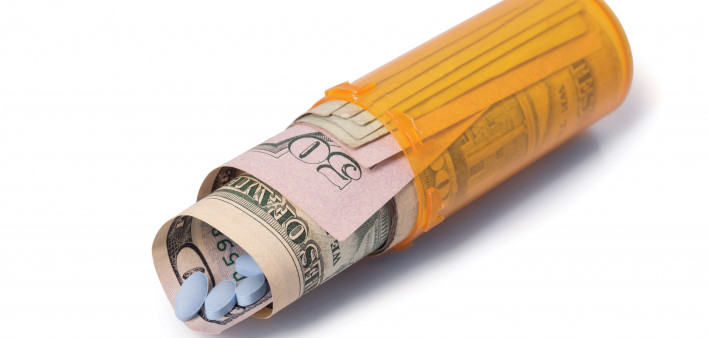The good news is that the AIDS Drug Assistance Program (ADAP), which provides medications free of charge to low-income people with HIV, now serves nearly one in four people living with the virus in the United States. The bad news is that the state-administered programs, which receive both federal and state funding, do not reflect what the HIV epidemic looks like today.
Kathleen McManus, MD, of the University of Virginia at Charlottesville, and colleagues looked at ADAP data collected by the National Association of State and Territorial AIDS Directors between 2008 and 2018. During that time, overall ADAP enrollment rose from 14% to 23% of people living with HIV.
ADAP use appears to be growing consistently among men and women and among young people. But the data on race and ethnicity show that the program isn’t keeping pace. While Black and Latino people now make up a majority of new HIV diagnoses, ADAP growth has been greater among white people. In 2018, 39% of white people living with HIV were using ADAP, up from 16% . In comparison, 22% of Black people (up from 11%) and 25% of Latino people (up from 9%) benefited from the program.
The results are concerning, says McManus. “We have no reason to think that a specific race/ethnicity group would have less need for ADAP support, because the eligibility requirements are related to having a low income and being uninsured or underinsured.”







Comments
Comments